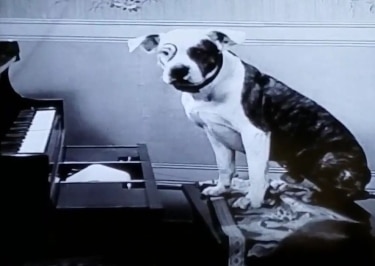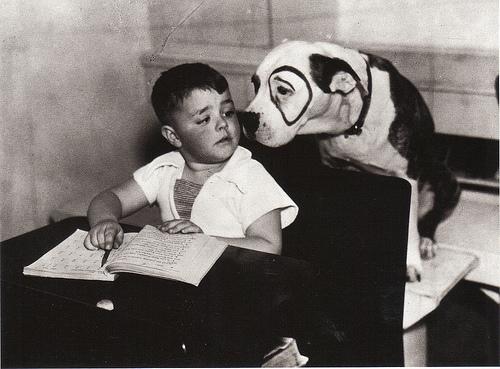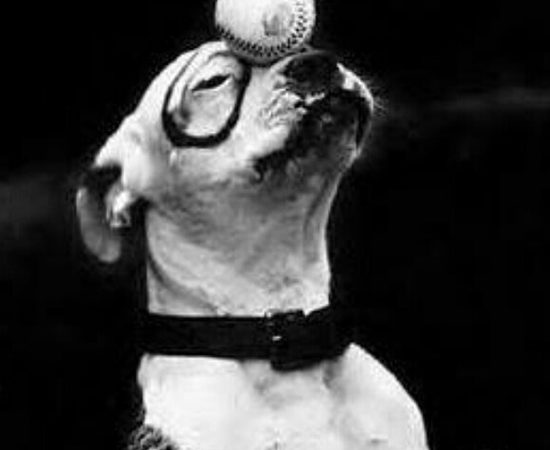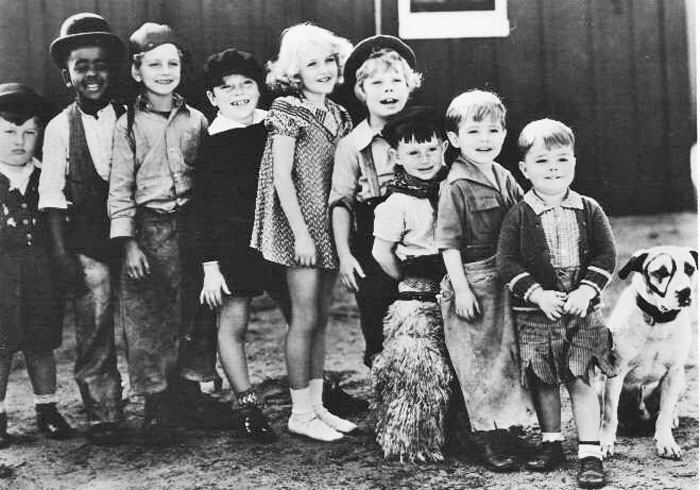
It wasn’t until 1935, decades after another round of anti-dog-fighting legislation, that the Kennel Club in Britain formally recognized and registered the Staffordshire Bull Terrier. And like their American relatives, Staffordshire Bull Terriers could not gain official acceptance in their native land, for the same reason: No established registry wanted to be affiliated with a dog that drew the blood of its own kind for a living.

#What's the name of the original little rascals dog registration#
And so in the late 1800s, pit-bull enthusiasts were refused registration of their dogs.īack in the United Kingdom, the bull and terrier had diverged into two breeds – the Bull Terrier, which left its fighting heritage behind and never looked back – and the Staffordshire Bull Terrier, whose fanciers continued their illegal contests, paralleling the trajectory of the pit bull in the United States.

But the American Kennel Club – founded as it was by well-heeled gentlemen who lunched in Manhattan and shot over their Pointers on sprawling Long Island estates – did not want to be associated with the cruelties of the fighting pit. So Did the AKC Register Pit Bulls?Īs pit bulls grew in popularity in the United States, so did their owners’ desire to have them registered as a bona-fide breed. Kirby of Indiana is an example of an early Amstaff Champion. The breed was recognized by the AKC in 1936. Kirby of Indiana was one of the earliest AKC Champion American Staffordshire Terrier. While they were still used for fighting in the States, their rough-and-ready attitude and intense loyalty made them a logical choice for the frontier, where they herded livestock, caught hogs, and guarded home and hearth. Within a few decades, these “bull and terriers” made their way across the Atlantic. According to the cold-blooded rules of the fighting pit, any dog that bit humans – whether the opponent’s handler, the referee, or anyone in the vicinity, even in the heat of battle – did not live to fight another day, and was dispatched on the spot.) They had to be, in order for these high-stakes matches to run smoothly. (Though it seems counterintuitive, dogs bred for fighting their own kind were intrinsically human friendly. Since fighting another dog rather than a chained bear or bull required greater agility, Bulldogs were crossed with terriers to produce fearsomely fleet dogs that would excel in the fighting pit.


In England after 1835, when bull- and bear-baiting were officially outlawed, blood sports pivoted to illegal matches that could be less visible, but just as lucrative. No use sugarcoating it: Pit bulls were created to be dogfighters and very good ones at that. After World War II, the Berlin Wall separated families, and fates.Īnd in dogs more than a century ago, we had a similar philosophical divide between the fighting dog known as the American Pitbull Terrier and his pacifist sibling, later to be called the American Staffordshire Terrier. During the Civil War, brothers faced each other across Union and Confederate lines. Sometimes, in the name of ideology, families get torn asunder.


 0 kommentar(er)
0 kommentar(er)
